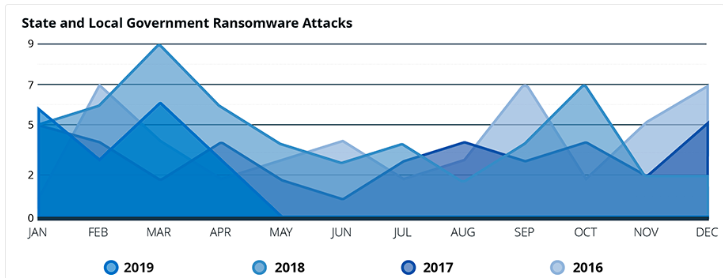While Argentina and Uruguay are still reeling from a massive blackout that left nearly 50 million citizens without power over the weekend, we still cannot rule out cyberattack as being the reason. The integrated nature of the regional grid meant that cross-border grid glitches propagated further, with the interruption also affecting Brazil, Chile and Paraguay. Smart grids, smart metering and automated control systems, have been changing the global electricity landscape with “more than 10% of global grid investments – equivalent to some $30 billion a year – now dedicated to digital network infrastructure”, according to a recent article from Bloomberg. To that end, “more than $130 billion has been spent on smart-grid technologies worldwide over the past five years”. The reason for the adoption of smart grid technology is to provide the ability to monitor and control supply and demand in real time, allowing grid operators to better forecast and plan for consumption spikes that would otherwise cause the system to fall over.
However, like we’ve seen in Smart City adoption, the vast amount of infrastructure required to make the electrical grid “smart” includes a parallel telecommunications network that is able to collect and process the massive amounts of data that the grid would generate. Essentially, every connected thermostat, electricity meter, or other smart device, provides a potential attack vector into the grid that could have devastating consequences such as bringing the entire grid down.
Unlike the telecommunications and computing sectors that have been dealing with security risks for a while, the industrial and electrical systems sectors are lagging behind in this respect. Again, like in the case of Smart Cities the IoT devices that are providing the monitoring in the Smart Grids, are often too underpowered to run anti-malware protection, or are running operating systems that are not covered by current network security solutions. Thus, the Smart Grids will run into a similar problem; making them vulnerable to hackers and to malware attacks. Due to the essential nature of the utility, the results of which could leave hundreds of thousands of people without power for hours or days, hacks of the electrical grids are more likely to be perpetrated from nation states, who are better funded and who can better cover their tracks; hiding their activities for years before potentially launching an attack.
Thankfully, the solution to this problem is the same as how Smart Cities are protected! Because Wedge Advanced Malware Blocker is NETWORK-BASED requiring no retrofitting or re-engineering of existing grid technology, capable to Detect and STOP malware – including zero-days – in Real-time at the network level, it can protect all of the Smart Grid’s endpoints, preventing any malware from ever reaching them! Smart Grid operators can and should take advantage of Wedge’s FREE 90 day trial in which they can see for themselves how effective WedgeAMB is at protecting their infrastructure. Get in touch with our team at info@wedgenetworks.com for more information!



